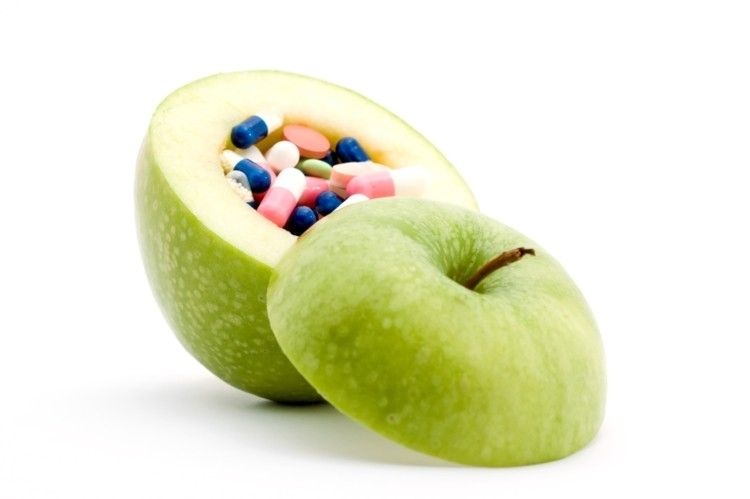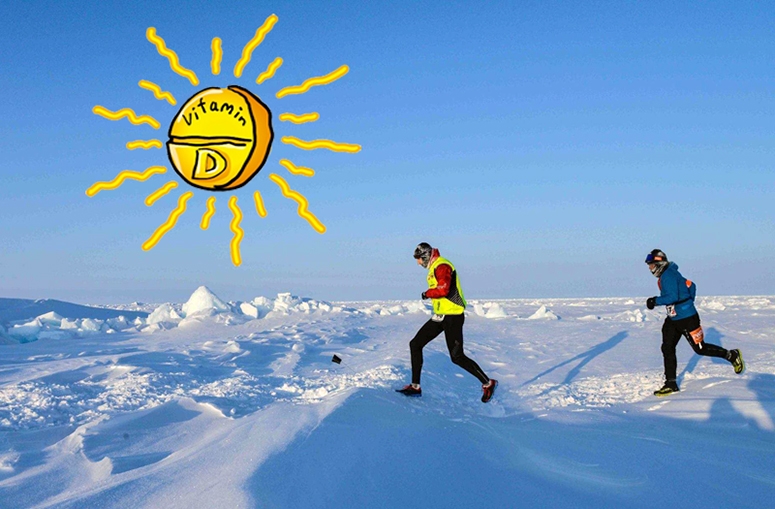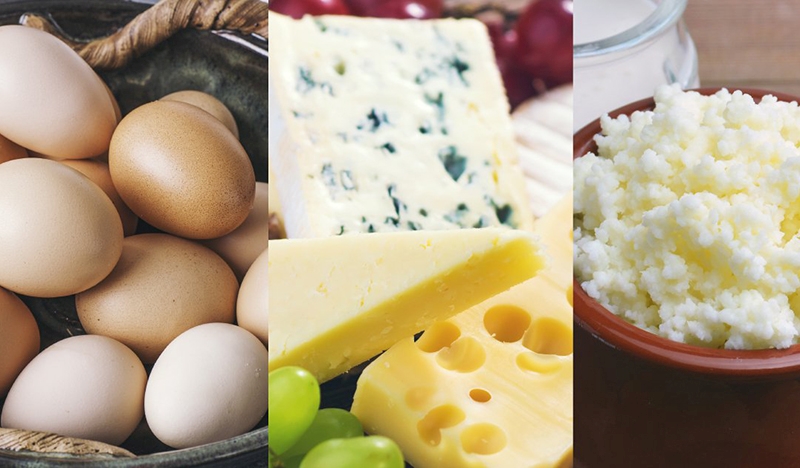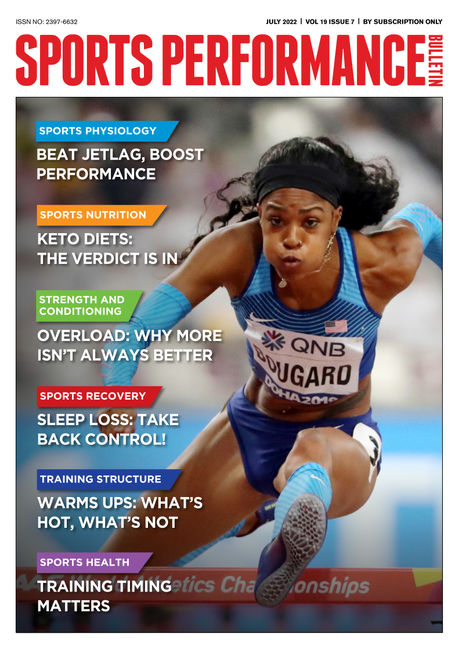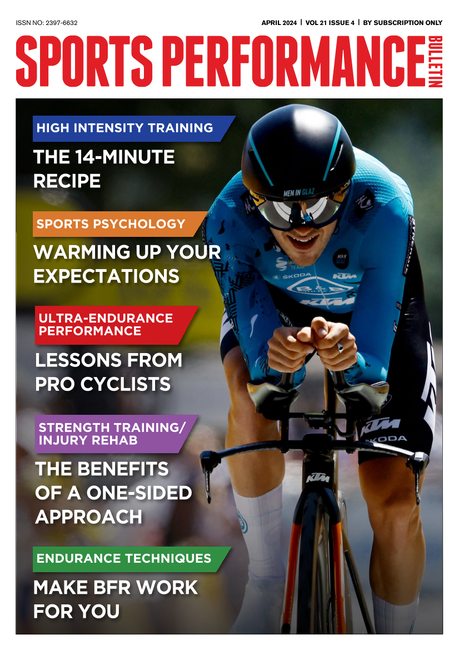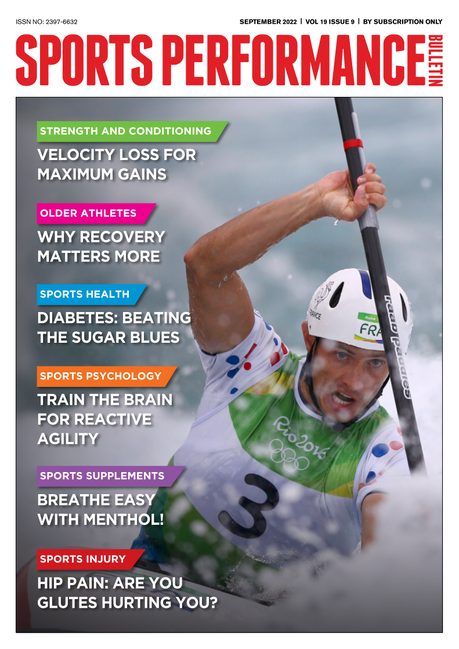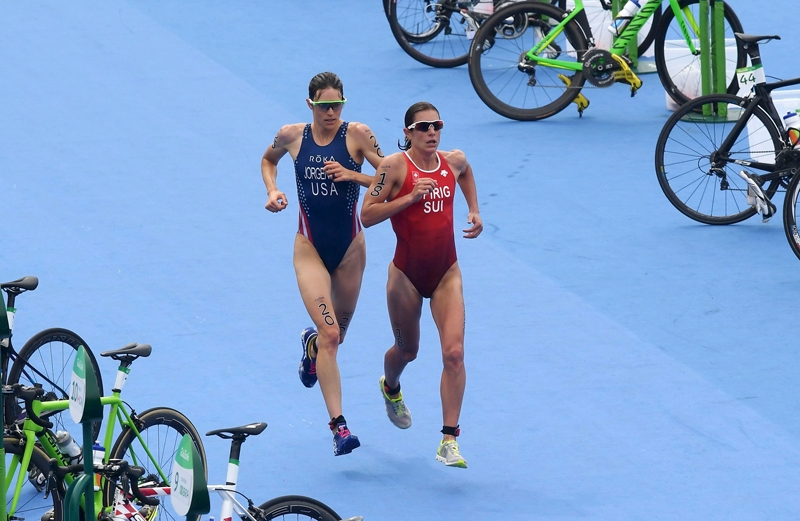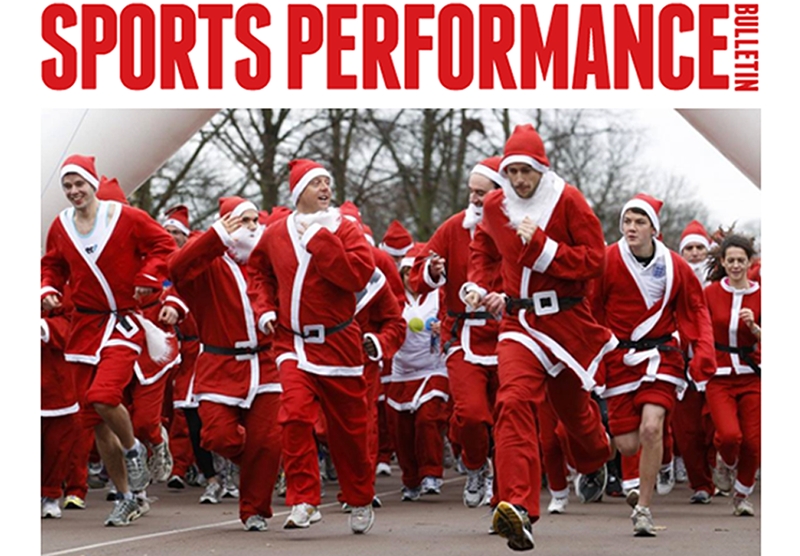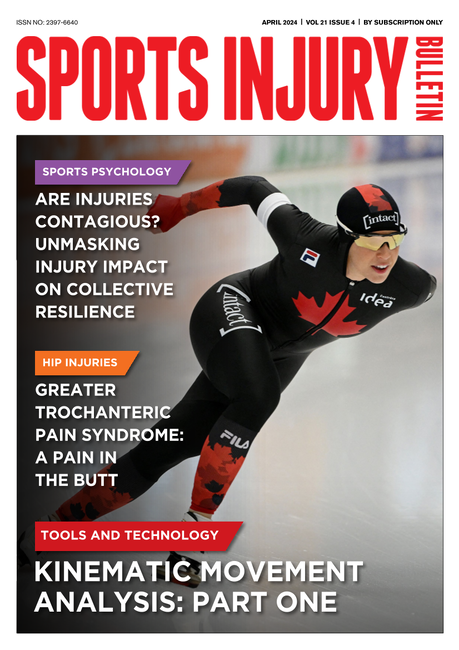You are viewing 1 of your 1 free articles. For unlimited access take a risk-free trial
Daylight robbery: Fortify yourself!
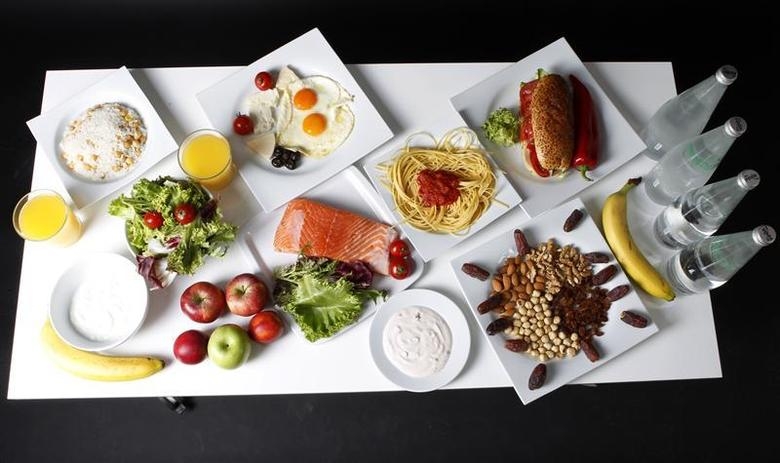
Recent research suggests that vitamin D is more important for performance than previously thought. Andrew Hamilton updates the latest thinking on vitamin D for sports performance, and how athletes can ensure they’re getting enough for both performance and health
Vitamin D is an essential nutrient, belonging to a group of fat-soluble steroid-like compounds of which there are two major forms: vitamin D2 and vitamin D3. Vitamin D3 is the most active form in the body and is produced in the skin after exposure to UVB (ultraviolet) rays from the sun. In the diet, vitamin D can be only be found naturally in a small range of foods. These include oily fish (such as salmon, trout and sardines), eggs, milk (which is fortified) and some meats (see table 1). By contrast, vegetables, fruits, grains, cereals, pulses, nuts and seeds contain very little vitamin D. The US National Institute for Health (NIH) recommends a dietary vitamin D intake of 600 international units (IUs) per day(1). However, dietary needs are strongly influenced by your exposure to sunlight.Table 1: Some good sources of vitamin D
| Food | Serving size | Vitamin D content (IU) |
| Milk and milk substitutes | ||
| Milk (fortified) | 1 cup | 120 |
| Soy milk, fortified | 250mL (1 cup) | 88 |
| Yogurt, fortified | 175g (3/4 cup) | 58-71 |
| Meat and eggs | ||
| Egg, yolk, cooked | 2 large | 57-88 |
| Beef liver, cooked | 75g (2 ½ oz) | 36 |
| Fish and Seafood | ||
| Salmon, red, canned | 75g (2 ½ oz) | 530-699 |
| Salmon, Atlantic, fresh | 75g (2 ½ oz) | 342 |
| Mackerel, canned | 75g (2 ½ oz) | 219 |
| Trout, cooked | 75g (2 ½ oz) | 150-210 |
| Sardines, canned | 75g (2 ½ oz) | 144 |
| Fats and oils | ||
| Cod liver oil | 5mL (1 tsp) | 427 |
| Margarine | 5mL (1 tsp) | 25 |
As UVB rays and diet both provide vitamin D, your body’s ‘store’ of this nutrient (vitamin D status) will be a function of both your dietary intake and recent sun exposure. Although there is no universal agreement, most health authorities classify vitamin D status (tested via a blood sample) as follows:
- *Deficient – below 30ng/L
- *Sufficient – 30-75ng/L
- *Optimum – 75-125ng/L
Why do athletes need vitamin D?
As well as bone health, a growing body of evidence has found that optimum intakes of vitamin D in adults provide significant protection from degenerative diseases such as heart disease, multiple sclerosis and a number of different cancers(2,3). For athletes in hard training however, there are other very good reasons why your vitamin D intake matters – not just for health, but for performance too.*Immunity - A growing body of research suggests that sub-optimum vitamin D status harms immunity, but also that boosting vitamin D intake improves immunity. For example, when scientists studied 267 endurance athletes over the winter period, they found that a significantly higher proportion of those who were vitamin D ‘deficient’ came down with an upper respiratory tract infection (URTI – coughs, colds, sore throats etc) and suffered worse symptoms than those in the ‘optimal’ status group(4). Another study found that supplementing 5000IUs per day with vitamin D₃ for four weeks during the winter boosted immune function and reduced the incidence and severity of URTIs in taekwondo athletes(5). Other recent studies have provided strong evidence that 1) poor vitamin D status is linked to a higher incidence of URTIs and that 2) increasing vitamin intake, especially over the winter period, reduces the incidence and severity of URTIs(6).
*Injury risk –Vitamin D is needed for the formation of strong, healthy bones, and research clearly shows that sub-optimum intakes of vitamin D can greatly increase the risk of stress fracture in athletes(7). There’s also good evidence that a poor vitamin D status increases the risk of muscle and other soft tissue injuries in athletes – particularly in the lower limbs and core muscles(8).
*Exercise performance – Some research suggests that performance might be improved in athletes with an optimum vitamin D status(9) and that higher intakes of vitamin D can improve some power and strength measures in athletes(10). However, the evidence on performance is somewhat patchier, and some studies have found no benefits(11,12).
Vitamin D status and sunshine
Numerous studies have shown that vitamin D insufficiency or outright deficiency is rife, even in the affluent West(13). The situation is no better when it comes to sportsmen and women; studies on athletes from the UK, US, Australia, Scandinavia and the Middle East have all found high rates of vitamin D insufficiency or even out-and-out deficiency(14). Why are so many people – including athletes – sub-optimum in vitamin D? There are two main reasons:- There are relatively few vitamin D rich foods in the diet, which means it’s easy to go short.
- Indoor lifestyles combined with advice to avoid the sun and cover up reduces the opportunity for vitamin D synthesis in the skin when exposed to strong sunlight.
Figure 1: Sunshine, season, latitude and vitamin D synthesis
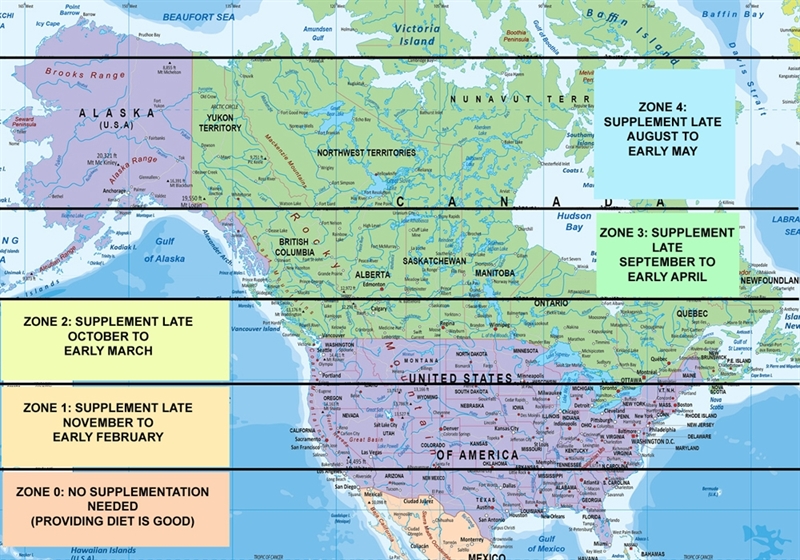
Zones show when and where the UVB content of sunshine is too low (below 1000W/m2) to synthesize meaningful amounts of vitamin D in skin - and therefore when supplementation of vitamin D (1000-2000IUs per day) is recommended(17). Athletes should still ensure their diet contains plenty of vitamin D rich foods at all times though!
How can I ensure my vitamin intake is sufficient?
Here are some tips for athletes who want to ensure maximum health and performance throughout the coming winter and beyond:- #Try to consume plenty of vitamin D-rich foods (oily fish, eggs and vitamin D-fortified produce) at all times of the year (see table 1).
- #Use the ‘sunshine zone’ map (figure 1) to determine when vitamin D supplementation should be considered.
- #To confirm your vitamin D status, considered getting it checked – either through your physician or using a home blood-testing kit.
- #If your blood level is below 75nmol/L, consider supplementing with 1000-2000IU of vitamin D3 (not D2) per day until your status is improved – regardless of season.
- #During the summer months, try to regularly expose your skin to some strong sunshine for 5-15 minutes before covering up or applying sunscreen/sun block. Regular sun exposure can help build up your body’s vitamin D stores in readiness for the winter months ahead.
- #Consider a winter break nearer to the equator to boost your flagging vitamin D levels!
- ods.od.nih.gov/factsheets/VitaminD-HealthProfessional/#h2
- Mol Nutr Food Res. 2010 Aug;54(8):1164-71
- BMJ 2014;348:g1903
- Exerc Immunol Rev. 2013;19:86-101
- Int J Environ Res Public Health. 2018 Sep 14;15(9). pii: E2003
- J Nutr Health Aging. 2018;22(4):491-500
- PM R. (2010) 2:945–949
- Arthroscopy. 2018 Apr;34(4):1280-1285
- Int J Environ Res Public Health. 2018 Dec 3;15(12). pii: E2724
- Int J Environ Res Public Health. 2019 Sep 14;16(18). pii: E3422
- PLoS One. 2018 Apr 9;13(4):e0195284
- Nutrients. 2019 Aug 21;11(9). pii: E1960
- Arch. Intern. Med. 2009, 169, 626–632
- Nutrients 2013, 5, 1856-1868
- J Clin Endocrinol Metab. 1988 Aug;67(2):373-8
- Int J Sport Nutr Exerc Metab. 2017 Feb;27(1):6-10
- Nutrients. 2016 Sep; 8(9): 533.
Newsletter Sign Up
Testimonials
Dr. Alexandra Fandetti-Robin, Back & Body Chiropractic
Elspeth Cowell MSCh DpodM SRCh HCPC reg
William Hunter, Nuffield Health
Newsletter Sign Up
Coaches Testimonials
Dr. Alexandra Fandetti-Robin, Back & Body Chiropractic
Elspeth Cowell MSCh DpodM SRCh HCPC reg
William Hunter, Nuffield Health
Keep up with latest sports science research and apply it to maximize performance
Today you have the chance to join a group of athletes, and sports coaches/trainers who all have something special in common...
They use the latest research to improve performance for themselves and their clients - both athletes and sports teams - with help from global specialists in the fields of sports science, sports medicine and sports psychology.
They do this by reading Sports Performance Bulletin, an easy-to-digest but serious-minded journal dedicated to high performance sports. SPB offers a wealth of information and insight into the latest research, in an easily-accessible and understood format, along with a wealth of practical recommendations.
*includes 3 coaching manuals
Get Inspired
All the latest techniques and approaches
Sports Performance Bulletin helps dedicated endurance athletes improve their performance. Sense-checking the latest sports science research, and sourcing evidence and case studies to support findings, Sports Performance Bulletin turns proven insights into easily digestible practical advice. Supporting athletes, coaches and professionals who wish to ensure their guidance and programmes are kept right up to date and based on credible science.
